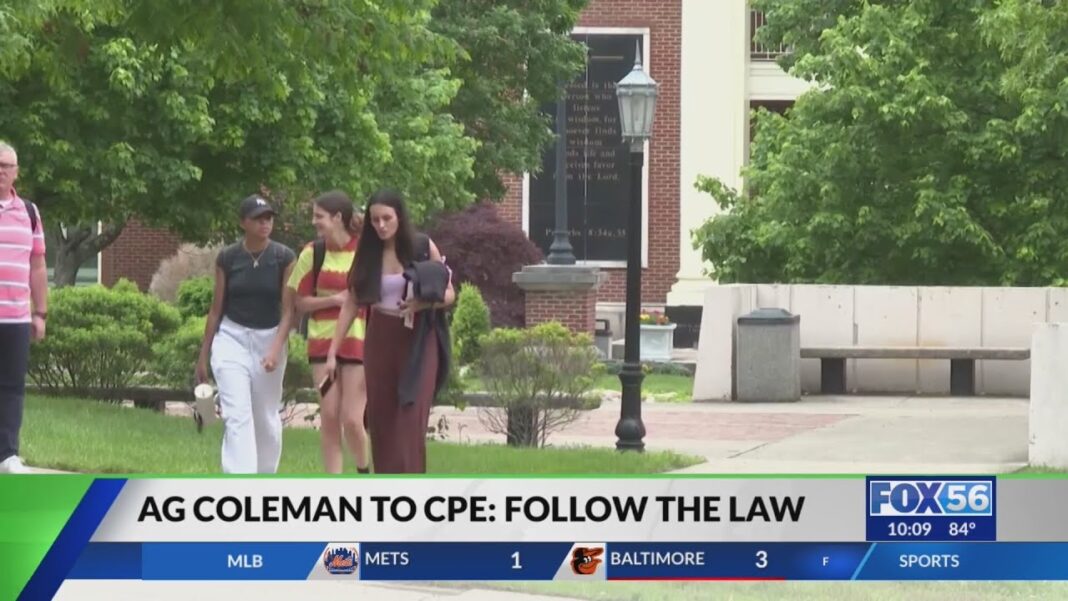Algorithms and brain chemistry keep us stuck in biofeedback loops — until we get saturated with ‘zombie scrolling’, ‘doomscrolling’ and fake news
We humans have created a new malaise for ourselves, and it has accelerated sharply over the last couple of years. Scholars call it media fatigue, information overload – ‘data smog’. The good news is that we are becoming increasingly repelled by the miasma of recycled digital “sludge” swirling around us. The bad news? Many of us cannot see a way out. We cannot think outside the box, because the box has become us.
News fatigue and news avoidance
Media fatigue actually predates the internet and is the result of psychological exhaustion from relentless streams of news, posts and alerts. The web merely supercharged this phenomenon, accelerating patterns observed just recently by a weary colleague of mine: “There is nothing new — in news anymore.”
Psychologists tell us that fatigue inevitably leads to avoidance. A Reuters Institute study found that in 2023, 39% of people surveyed, worldwide, generally avoided the news, up from 29% in 2017. In the UK, two in five people – 40% — say they feel “worn out” by the news.
News participation is also declining. Between 2015 and 2022, global surveys show a 20-30% reduction in activities like sharing, commenting and discussing news. Comment sections, once messy but vibrant, have in many cases collapsed into mindless recriminations, devoid of gravitas or insight. This is partly due to another factor — trolls.
Ensconced trolls
Trolls on the web come in many forms: the insecure, the self-validating, the ideologue and the “hired gun.” Some are simply people paid to collapse the conversation – to smear the source, derail the thread and leave nothing but wreckage – debris — in the comments box. Analogously, they are akin to parasites seeking one host after another.
The modus operandi of the troll is simple: to drive out the thoughtful, exhaust the oxygen and ‘dumb down’ the public discourse. Their aim is not just to stop the conversation; they diminish attention and – one might say — prepare the ground for fake news to burgeon and with a logic distinctly foreign to reasoned thought.
From fake news to something even worse
With a shorter attention span, younger generations, especially Gen Z, are jettisoning traditional news outlets for short-form content — TikTok, YouTube, Instagram. Unfortunately, the cure comes with its own poison.
In the early 2010s, millennials helped usher in the rise of online media. They consumed news through digital-native sites like BuzzFeed, Vox and Vice, while still engaging with legacy outlets on platforms like Facebook and Twitter/X. Push notifications from the New York Times or CNN apps were common. RSS feeds weren’t dead just yet.
But Gen Z? They’re unlikely to even visit a news homepage.
According to a 2022 Reuters Institute report, over 39% of Gen Z respondents said they use social media as their primary news source, with platforms like TikTok and YouTube leading the way. Facebook barely registers. Twitter/X is more polarizing than trusted. And news apps? Mostly ignored.
The reason is simple: Gen Z expects news to come to them, not the other way around.
But new research from the University of Virginia explains some of the behavior of Gen Z, especially involving their assimilation of ‘news-information’.
It seems that Generation Z and millennials, who grew up online, struggle to spot bogus, AI-generated headlines. Knowing what is real and what is fake is for them — not easily discernible.
Hudson Golino, an associate professor of psychology at UVA, joined colleagues from the University of Cambridge to create “MIST,” the misinformation susceptibility test. The team used ChatGPT2 to generate quizzes with both fake and real headlines revealing interesting data.
“We wanted to see the difference between younger adults and older adults in terms of their ability to detect misinformation,” Golino said. “We discovered something interesting…older adults are actually less vulnerable to misinformation than younger adults.”
“…in terms of believing or the capacity to differentiate fake news generated by AI and real news headlines, older adults are better than younger adults,” he said.
That’s because of something called ‘crystallized intelligence’, a skill developed over one’s lifetime. Older individuals have more of it, while younger ones have less.
International research group YouGov used the ‘MIST’ test in U.S. polling. It found two-thirds of Americans can tell fake from real headlines. But only 11% of 18- to 29-year-olds earned a high score (over 16 headlines correct) and 36% received a low score (10 headlines or under correct). Of those 65 and older, 36% earned a high score, while only 9% received a low score.
The problem is that most younger people get their news from unregulated, short-form, social media sites like TikTok, YouTube and Instagram.
Causes of gullibility
The brain finds safety in repetition because familiar patterns demand less mental effort and carry no uncertainty. This lowers vigilance, and each repetition reinforces neural pathways, delivering a small, reliable ‘dopamine drip’. Comfort prevails over novelty.
Platforms like TikTok, YouTube and Instagram exploit this with algorithms that feed familiar material, locking users into a “repetition comfort loop” where predictability trumps reality checks. This can lead to ‘zombie scrolling’ where one loops through the same or similar content without seeking anything new. ‘Doomscrolling’, at least, hunts for fresh disasters. But there is hope.
Rebellion from saturation?
Global media consumption has risen for decades, but analysts are now predicting the first decline in 2025. Are we finally hitting the saturation point? Maybe some are quietly rebelling, worn down by cognitive overload – media fatigue. Overexposure makes us skim rather than think — chase the sensational over the substantive. And right now, ‘garbage’ is winning the war for shrinking attention spans.
Hooked on the blue glow? Take a break. Let your brain detox from the loop – because in a dumbed-down world, the most rebellious act — is to think.







